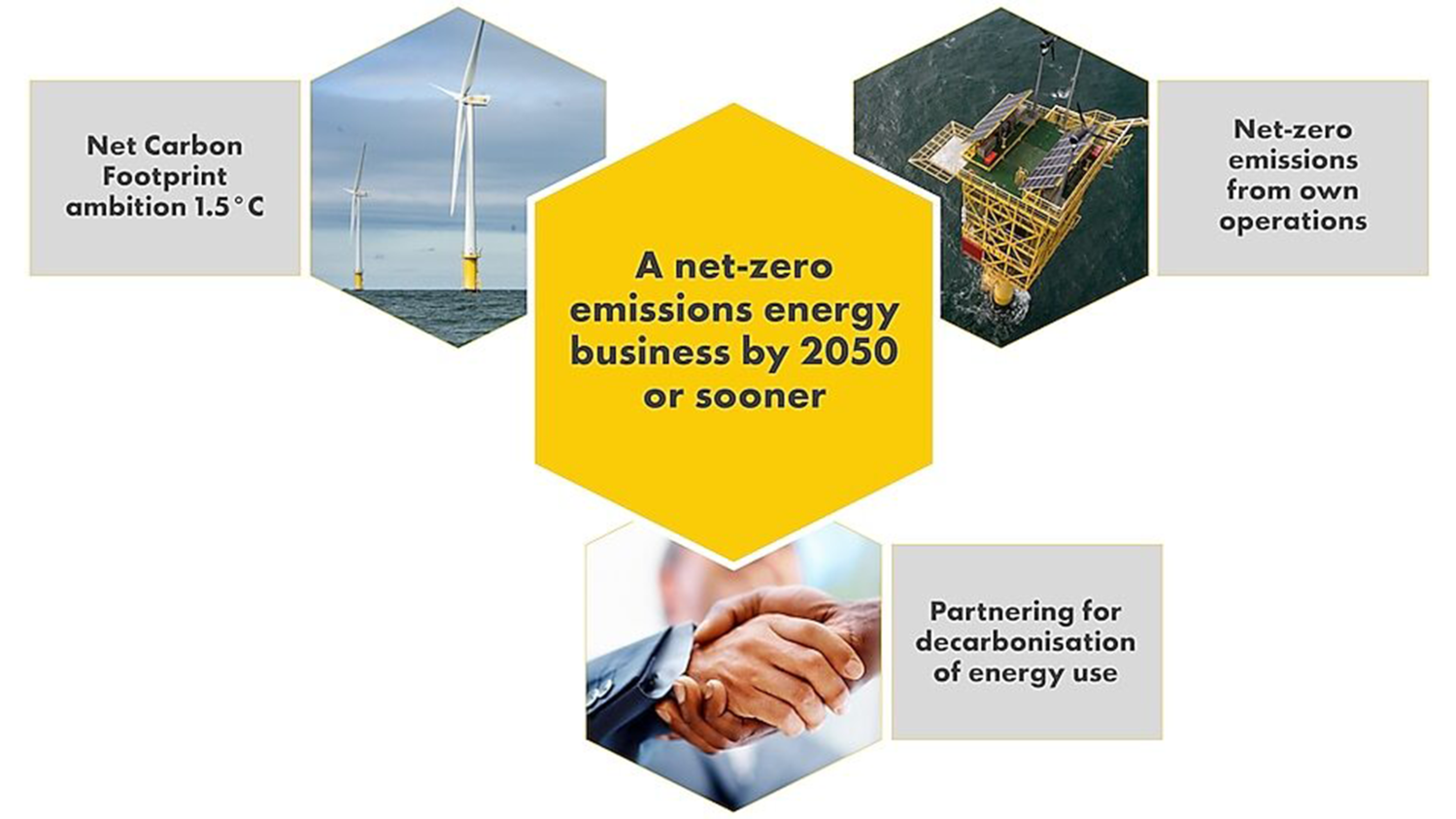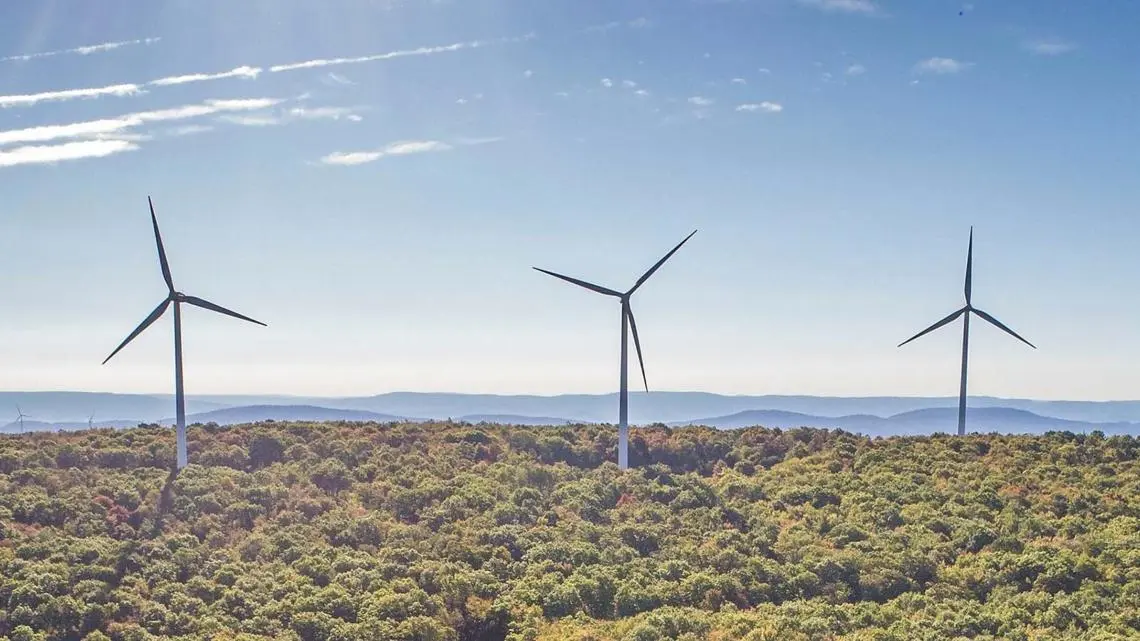Authors
WBCSD Communications
In tackling climate change, the focus is increasingly on limiting the global temperature rise to 1.5° Celsius. Shell supports this ambition.
This article was originally published by Shell on 16 April 2020.
For society to achieve a 1.5° Celsius future, the world is likely to need to stop adding to the stock of greenhouse gases in the atmosphere – a state known as net-zero emissions – by around 2060. Advanced parts of the world are likely to need to reach that point by 2050.
That is why Shell has set itself an ambition to become, by 2050 or sooner, a net-zero emissions energy business.
Shell will work towards this in three ways.
Firstly, by seeking to be net zero on all the emissions from the manufacture of all products by 2050 at the latest.
This ambition includes the emissions created by operations and also those associated with the energy consumed. These are known as scope one and two emissions.
But the bulk of the emissions are the customers’ emissions when they use products, known as scope three emissions.
Reducing Shell’s Net Carbon Footprint
That is why Shell’s second step towards being a net-zero emissions energy business is to reduce the Net Carbon Footprint of energy products.
To achieve this Shell will need to sell more products with a lower carbon intensity, such as renewable power, biofuels and hydrogen.
In 2017 Shell’s ambition was to be in step with a society working towards a well-below 2° Celsius future. Today Shell’s ambition is to be in step with a society working towards a 1.5° Celsius future. So Shell has raised their Net Carbon Footprint ambition.
Long-term ambition
Shell’s long-term ambition is to reduce the Net Carbon Footprint of the energy products they sell by 65% by 2050, instead of 50%. Shell’s interim, medium-term, ambition is to reduce it by 30% by 2035, instead of 20%. Read more about Shell’s Net Carbon Footprint ambition here.
Yet society will continue to need some energy products that create emissions for the foreseeable future. So Shell will continue to sell such energy products.
But that does not mean Shell cannot be a net-zero emissions energy business, because customers can themselves take action on their emissions.
As society moves towards its low-carbon future customers will need to mitigate emissions caused by their energy use because they will need to reduce their own scope one and two emissions. But these are the same emissions that count as Shell’s scope three emissions. That is why such actions by customers can help Shell become a net-zero emissions business.

Working with customers
So, to achieve ambitions Shell must help customers decarbonise – and that is the third step Shell must take if it is to become a net-zero emissions energy business.
It means working with customers to address the emissions which are produced when they use the fuels they buy from Shell.
That effort includes working with broad coalitions of businesses, governments and other parties, sector by sector, to identify and enable decarbonisation pathways for each sector.
Many paths to net-zero emissions
Each sector will need to find its own way to achieve net-zero emissions but all sectors share the same three ways to make progress.
Firstly, by being more energy efficient; secondly, by using lower-carbon energy products; and, thirdly, by storing away emissions that cannot be avoided, either through nature or using the technology that already exists to capture and store away CO2.
Shell can help push progress in all those areas, and must pivot over time towards serving the businesses and sectors that, by 2050, are net-zero emissions themselves.
As we get closer to 2050, Shell will work ever more intensely with customers who still have emissions they have not fully mitigated. The answer may be through actions they take themselves, or Shell may agree to find a way to mitigate those emissions on the customers’ behalf.
Changing to embrace a net-zero emissions future
Shell’s business plans today will not get us to where we want to be. That means Shell’s business plans have to change over time as society and customers also change.
It is in this way – by changing – that Shell can succeed in becoming a net-zero emissions energy business by 2050, and in being an integral part of a net-zero emissions future.
Outline
